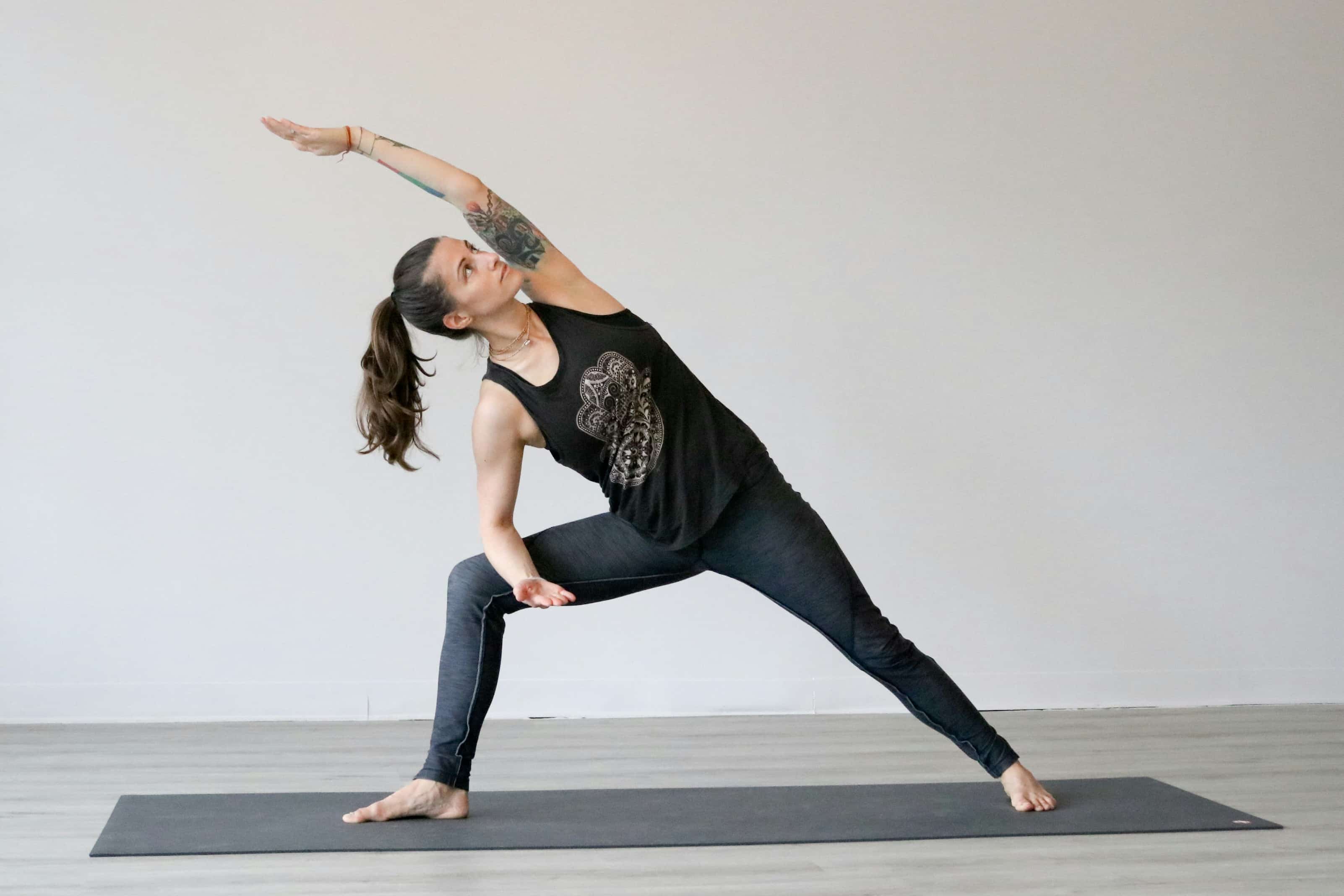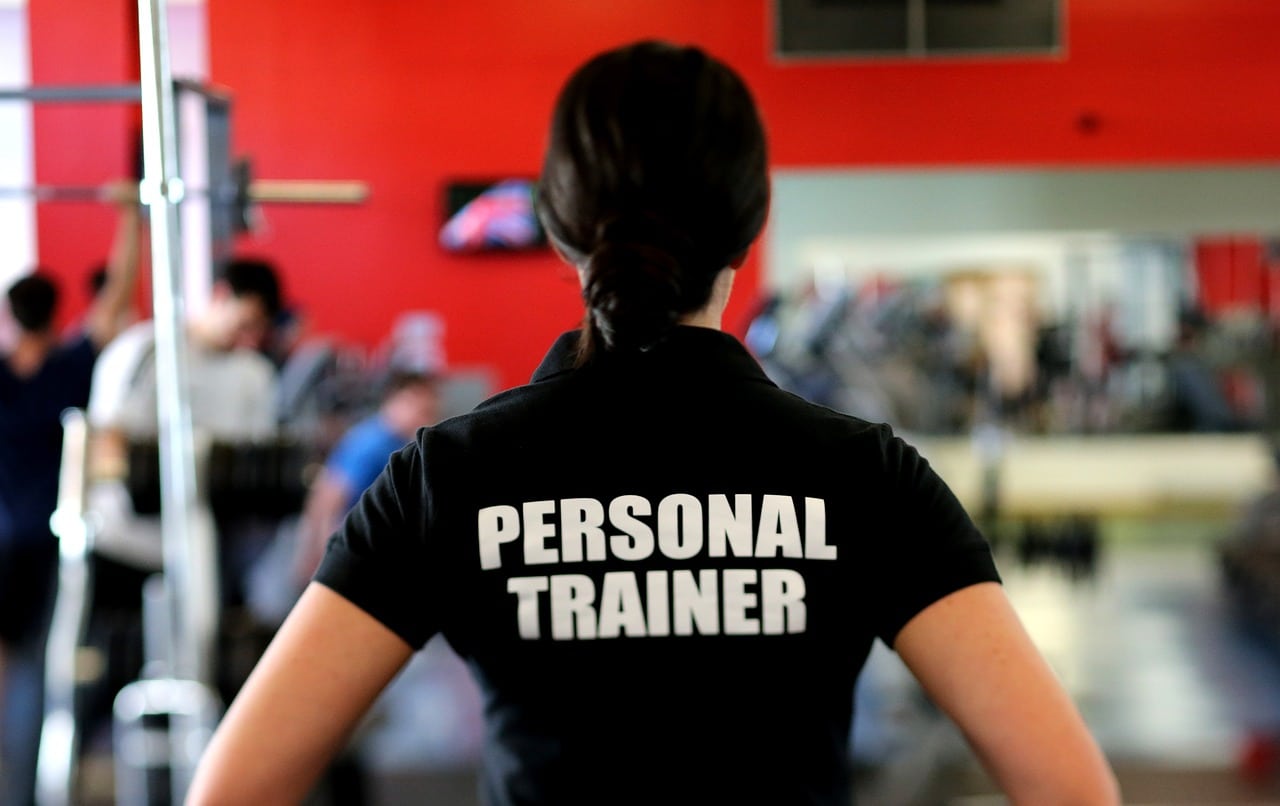It’s that time of year again. Marathon season is in full-swing, and whether you’re planning to conquer one of the most physical and mental challenges around, or you’re advising your client on preventative measures, we have four tips you should consider before lacing up your running shoes and taking on those 26.2 miles.
How to prevent injuries when training for a marathon
1. Build Your Weekly Training Mileage
Preventative measures are just as easy to implement as getting injured. Anyone can do it. And knowing how to train properly and safely is imperative for keeping your risk for injury at bay. Always remember, a great runner isn’t solely defined by how many miles he or she can accomplish in a certain timeframe, it’s about finding a technique to accomplish the challenge in front of you.
Begin by planning out your weekly training mileage far in advance. Jenny Hadfield of Runner’s World finds that runners have the best results when they train on a “20-week cycle to allow for the flexibility to move long runs around or recover from illness, vacation and more.” Finally, don’t forget to start slow and build your mileage from there. Hadfield continues: “…allow time to alternate a longer run one weekend with a shorter long run at race effort the next (a great strategy for seasoned marathoners). Plus, having a longer runway removes much of the stress related to getting in quality training to perform your best come race day. “
2. Incorporate Strength Training into Your Season
It was previously believed that strength training would lead to the development of bulky muscles, however this notion is very much in the past. There is an extreme difference between bodybuilding and strength training. Bodybuilding is the practice of lifting weights to develop a muscular body. While strength training is key for building muscle, it’s designed to increase strength, which can benefit your client immensely when training for a marathon. Strength training, for example, plays a vital role in improving hip, glute, hamstring and core strength—which are all engaged when someone runs. By putting an emphasis on strength training, your client will increase his or her strength and performance levels, which ultimately reduce the risk of injury.
3. Stretch Before and After Each Run
Train hard, recover harder. Your client’s marathon-training plan is bound to put a lot of stress on the body—that’s where recovery measures come in. To prevent muscle fatigue and injury, make sure your client is stretching for at least 15 minutes at the end of each run. One of the best ways to get a deeper stretch, ease tension and improve circulation is by foam rolling. Check out these 10 foam-rolling exercises from our friends at Men’s Health.
4. Listen to Your Body
When your clients are preparing for a marathon, no one is going to be more aware of their bodies than them. If they start experiencing pain, be it subtle or severe, advise them to stop training immediately and seek an expert to pinpoint the reason. While this can be a sign to slow down, the pain your client is experiencing may be resolved with simple recovery methods. It’s also common for pain to be associated with their training shoes, especially if the shoes are worn or don’t cater to their pronation.
Encourage your client to pay close attention to their food and water intake, if they experience dizziness, fatigue or pain, it could be associated with hunger or dehydration. In order to strike this concern at the source, advise your clients to eat and drink at regular intervals along the course, not just when they’re hungry or thirsty. To help prevent nausea, they should be trying out their food- and water-intake plans during long practice runs as well.
AFPA can help you learn how to become a yoga instructor and share your passion for yoga with others.

Get Your Free Guide
Learn How to Start a Fulfilling, Impactful Career as a Holistic Health Coach
You’ll learn:
- Why holistic health matters
- If holistic health coaching is right for you
- What career opportunities exist for health coaches
- And more!



